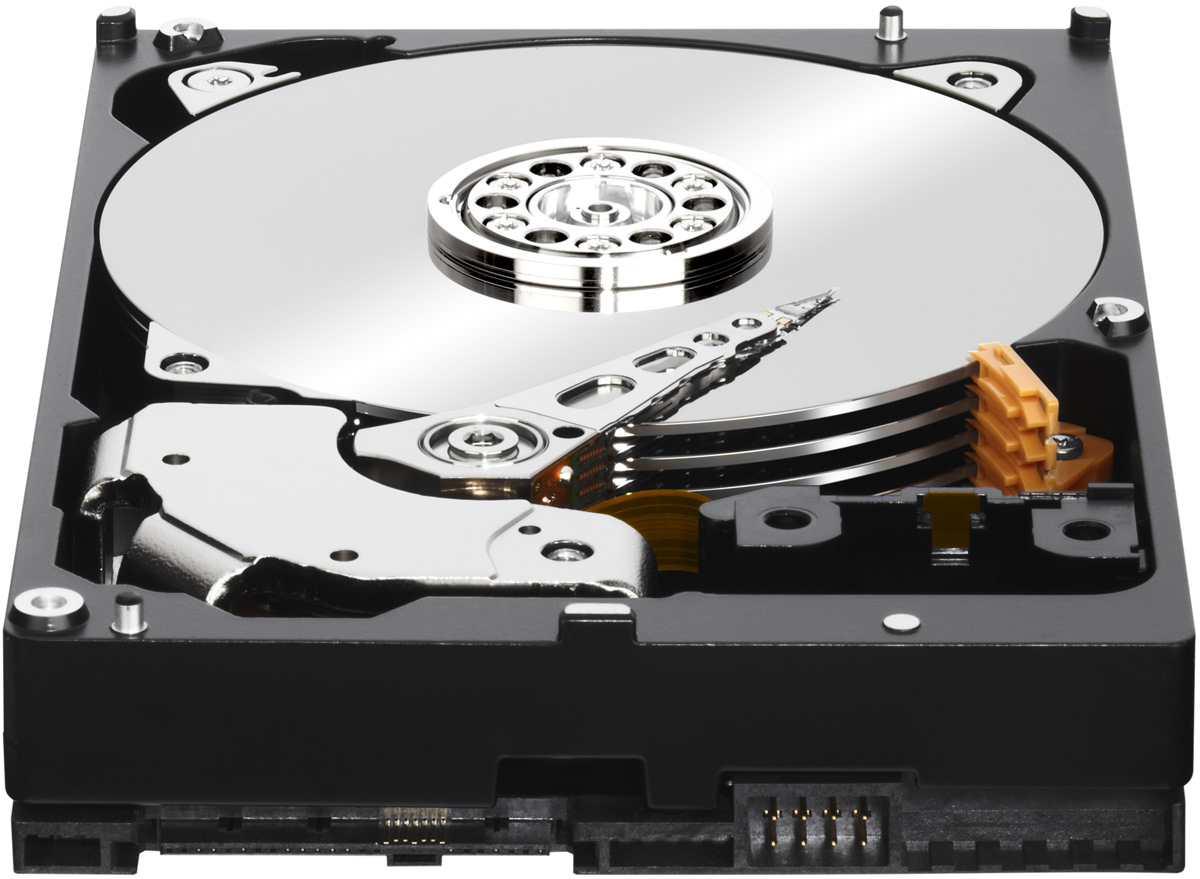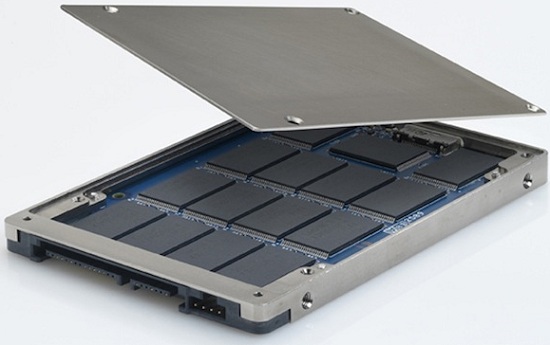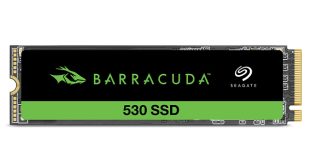Seagate Technology claims that no matter how cheap NAND flash memory will get in the coming years, it will never be able to match the per-gigabyte price of rotating magnetic media used in hard disk drives. In fact, the price of one gigabyte on a HDD will decrease to half of a penny over the next five years, according to one of the world’s largest makers of hard drives.
Prices of solid-state drives have declined dramatically in the recent years because NAND flash got significantly cheaper as a result of numerous technological breakthroughs and tough competition between several players. SanDisk Corp. and Toshiba Corp. predict that by 2020 the cost of non-volatile memory will decline so significantly that enterprise-class SSDs will match prices of enterprise-class hard disk drives in terms of per-gigabyte price. Seagate strongly disagrees with this prediction.
“In fact, the disparity between the cost on a dollar per gigabyte is upper to 20 to 1 [right now],” said Dave Morton, senior vice president of finance at Seagate, at Citigroup’s global technology conference. “I personally will never foresee the day, […] when there is a crossover [between the per-gigabyte cost of NAND and rotating magnetic media]. In 2020 we [will] have drives in the portfolio that will be less than half a penny per-gigabyte. I just don’t see how you could get that from the competing technology.”
Today, an inexpensive consumer-class 3TB HDD costs around $100, or about $0.033 (3 cents) per-gigabyte. A low-cost 120GB SSD retails for approximately $70, which means that its per-gigabyte cost is around $0.58 (58 cents). There is a different arithmetic for datacentre-class SSDs and HDDs, but the per-gigabyte price difference between the two kinds of storage devices is still huge.
However, for many datacentre applications per-gigabyte cost does not really matter. What matters is the amount of read/write input/output operations per second (IOPS) a storage solution can perform, its maximum bandwidth and power consumption. SSDs are orders of magnitude faster than HDDs in terms of IOPS (the fastest 15K RPM HDDs support around 200 IOPS, whereas modern high-end SSDs declare around one million IOPS) and they provide significantly higher bandwidth. For many datacentre applications today, HDDs are irrelevant. However, for cold storage and archive applications SSDs are too expensive, which is why datacentres use both solid-state drives and hard disk drives to store different kinds of data.
Many client devices do not require a lot of storage. Moreover, hard drives cannot be used inside tablets or 2-in-1 hybrid PCs. As the adoption of such devices increases, demand for client HDDs decreases. However, since cloud applications are getting more widespread, datacentres need more storage space, which is why they keep buying server-class HDDs, bolstering revenues of Seagate, Western Digital Corp. and Toshiba Corp.
“The company has done a nice and elegant job over the last five years managing that shift from declining client PC compute over into more rich, centred, profitable product lines, such as the enterprise,” said Mr. Morton.
Discuss on our Facebook page, HERE.
KitGuru Says: When it comes to storage capacity and per-gigabyte price, hard disk drives will likely continue to be unchallenged for many years to come. However, where performance matters and capacities do not, SSDs will replace HDDs despite of any per-gigabyte price disparity. Those, who need both performance and capacity will continue to use different types of storage devices going forward, just like PC enthusiasts do today.
 KitGuru KitGuru.net – Tech News | Hardware News | Hardware Reviews | IOS | Mobile | Gaming | Graphics Cards
KitGuru KitGuru.net – Tech News | Hardware News | Hardware Reviews | IOS | Mobile | Gaming | Graphics Cards




